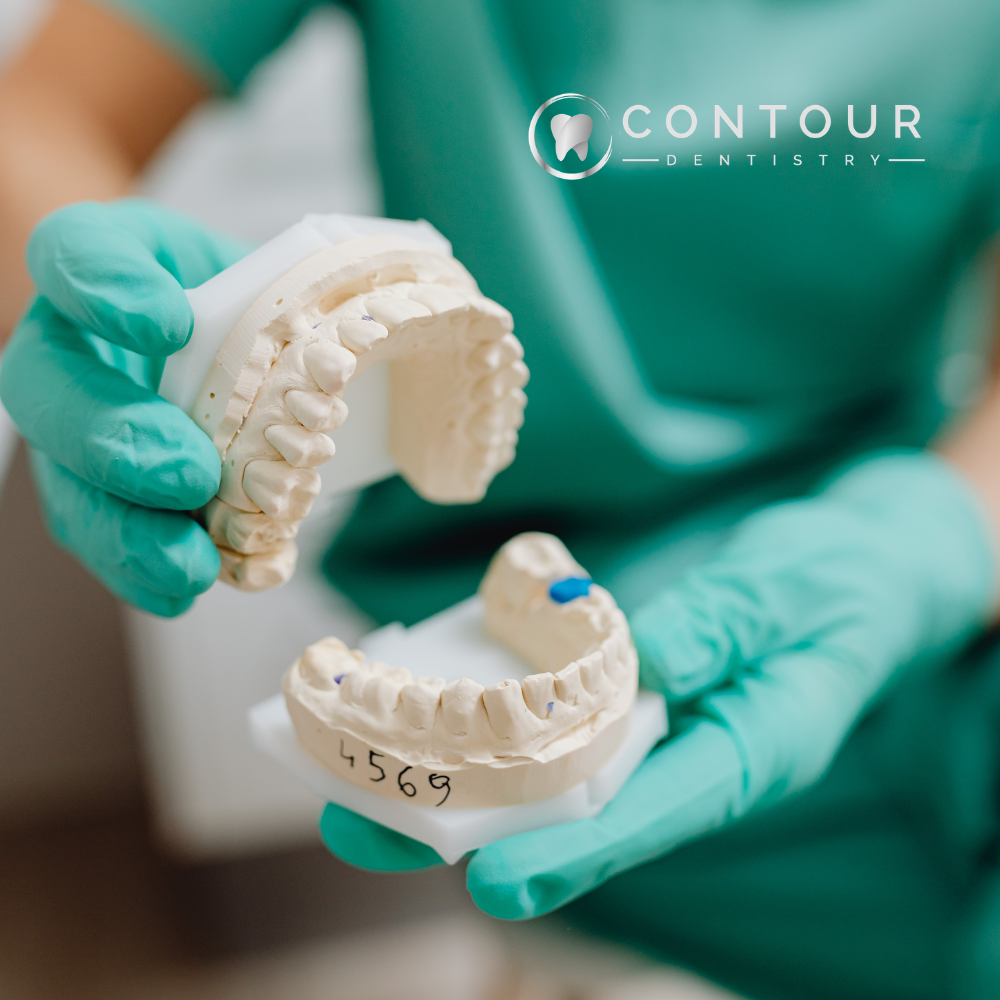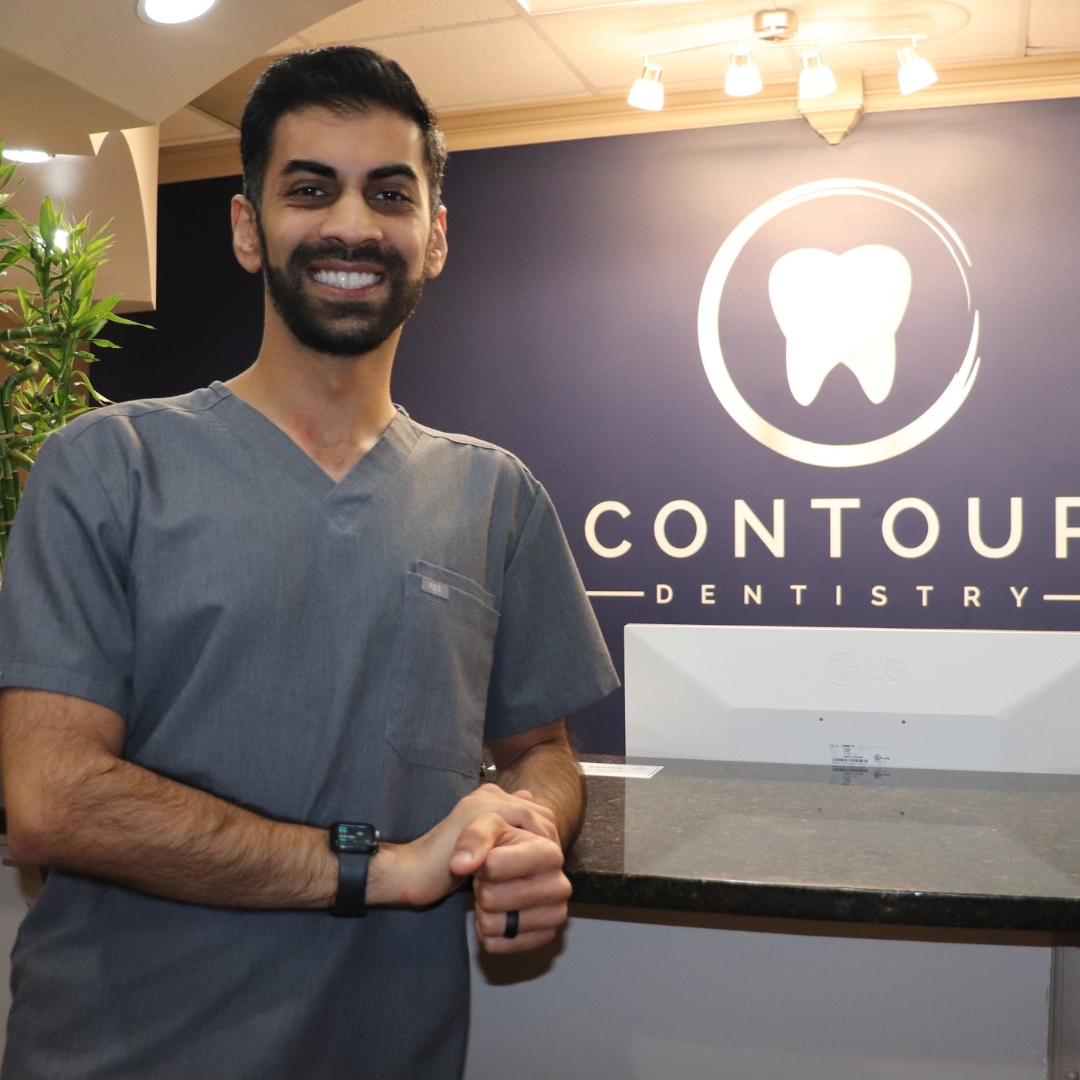When it comes to restoring your smile and maintaining oral health, dental crowns, and bridges are two common and effective solutions. Whether you’re dealing with damaged, decayed, or missing teeth, understanding the differences between these two options can help you make an informed decision about what’s best for you. In this blog post, we’ll explore the uses, benefits, and considerations for both dental crowns and bridges.
Dental Crowns
What Are Dental Crowns?
A dental crown is a cap that is placed over a damaged or decayed tooth to restore its shape, size, strength, and appearance. Crowns can be made from various materials, including porcelain, ceramic, metal, gold, and resin. They are custom-made to match the color and contours of your natural teeth, ensuring a seamless and natural look.
When Are Crowns Needed?
Crowns are typically recommended in the following situations:
- Severe Tooth Decay: When a tooth is extensively decayed and cannot be restored with a filling, a crown provides the necessary protection and strength.
- Cracked or Broken Teeth: Crowns can hold together parts of a cracked tooth or restore a broken tooth.
- Root Canal Treatment: After a root canal, a crown is often placed to protect the weakened tooth and restore its function.
- Cosmetic Enhancement: Crowns can improve the appearance of discolored or misshapen teeth.
- Large Fillings: When a large portion of a tooth has been filled, a crown can provide additional support and prevent further damage.
Benefits of Dental Crowns
Crowns offer several advantages:
- Durability: Crowns are long-lasting and can withstand the forces of biting and chewing.
- Aesthetic Appeal: Crowns can be color-matched to your natural teeth, providing a natural and attractive appearance.
- Protection: Crowns protect damaged teeth from further decay and breakage.
- Improved Function: Crowns restore the function of teeth, allowing for normal eating and speaking.
The Crown Procedure
Getting a crown typically involves two visits to the dentist. Here’s what you can expect:
- First Visit: During the first visit, the dentist will examine your tooth and take X-rays to assess the extent of the damage. The tooth will be shaped to accommodate the crown, and an impression will be made of the prepared tooth and surrounding teeth. A temporary crown will be placed to protect the tooth until the permanent crown is ready.
- Second Visit: On the second visit, the temporary crown is removed, and the permanent crown is fitted and cemented into place. The dentist will ensure that the crown fits properly and matches the color of your natural teeth.
Dental Bridges

What Are Dental Bridges?
A dental bridge is a fixed dental restoration used to replace one or more missing teeth by anchoring to the adjacent teeth. Bridges consist of two or more crowns on either side of the gap (called abutment teeth) and a false tooth (or teeth) in between. The false teeth are called pontics and can be made from porcelain, ceramic, gold, or a combination of materials.
When Are Bridges Needed?
Bridges are typically recommended in the following situations:
- Missing Teeth: Bridges are used to replace one or more missing teeth.
- Preventing Shifting: Replacing missing teeth with a bridge prevents the adjacent teeth from shifting into the space, which can cause bite problems and misalignment.
- Restoring Function: Bridges restore the ability to chew and speak properly, which can be affected by missing teeth.
- Maintaining Facial Shape: Missing teeth can cause the face to change shape over time. Bridges help maintain the natural shape of your face.
Benefits of Dental Bridges
Bridges offer several advantages:
- Aesthetic Improvement: Bridges fill the gaps left by missing teeth, improving the appearance of your smile.
- Functional Restoration: Bridges restore the ability to chew and speak properly.
- Preventing Dental Issues: By filling the gap left by missing teeth, bridges prevent adjacent teeth from shifting and causing further dental problems.
- Quick Solution: The process of getting a bridge is relatively quick compared to other tooth replacement options, such as implants.
The Bridge Procedure
Getting a bridge typically involves two visits to the dentist. Here’s what you can expect:
- First Visit: During the first visit, your dentist will prepare the abutment teeth by removing a portion of enamel to make room for the crowns. Impressions of your teeth will be taken to create the custom bridge. A temporary bridge will be placed to protect the prepared teeth.
- Second Visit: On the second visit, the temporary bridge is removed, and the custom bridge is fitted and cemented into place. Your dentist will ensure that the bridge fits properly and matches the color of your natural teeth.
Comparing Crowns and Bridges
Purpose and Function
- Crowns: Primarily used to cover and protect damaged or decayed teeth, crowns restore the function and appearance of individual teeth.
- Bridges: Used to replace one or more missing teeth, bridges rely on the support of adjacent teeth to fill the gap and restore function and appearance.
Procedure
- Crowns: Involves shaping the damaged tooth and placing a cap over it. Typically requires two visits.
- Bridges: Involves preparing the adjacent teeth for crowns and fitting a bridge to replace missing teeth. Typically requires two visits.
Durability
- Crowns: Highly durable and can last between 10 to 15 years or longer with proper care.
- Bridges: Also highly durable with a similar lifespan to crowns, depending on the materials used and oral hygiene.
Cost
The cost of crowns and bridges can vary based on several factors, including the materials used, the complexity of the procedure, and geographic location. Here’s a general comparison:
- Crowns: Generally less expensive than bridges because they involve fewer teeth and less complex procedures.
- Bridges: These can be more expensive due to the involvement of multiple teeth and the need for custom fabrication of the bridge.
Making the Right Choice for You
Consider Your Dental Needs
When deciding between a crown and a bridge, consider your specific dental needs:
- Single Damaged Tooth: If you have a single damaged or decayed tooth, a crown is likely the best option.
- Missing Teeth: If you have one or more missing teeth, a bridge may be the better choice to restore function and appearance.
Evaluate Your Oral Health
Your overall oral health plays a significant role in determining the best option:
- Healthy Adjacent Teeth: If the teeth adjacent to a missing tooth are healthy and strong, they can support a bridge.
- Weakened Adjacent Teeth: If the adjacent teeth are weakened or decayed, crowns may be a better option to provide the necessary protection and support.
Discuss with Your Dentist

During your consultation, your dentist will evaluate your dental needs, discuss your options, and recommend the most suitable treatment plan. They will take into account your unique preferences and values to help arrive at a shared decision that is best for you.
Ready to restore your smile? Contact us today!
At Contour Dentistry, Dr. Patel and his team are dedicated to helping you make the best decision for your dental health. With their personalized care, advanced technology, and compassionate approach, you can trust that you’re in good hands. Schedule an appointment with Dr. Patel at Contour Dentistry in Cornelius NC today and take the first step towards optimal oral health. Contact us now to book your consultation!
